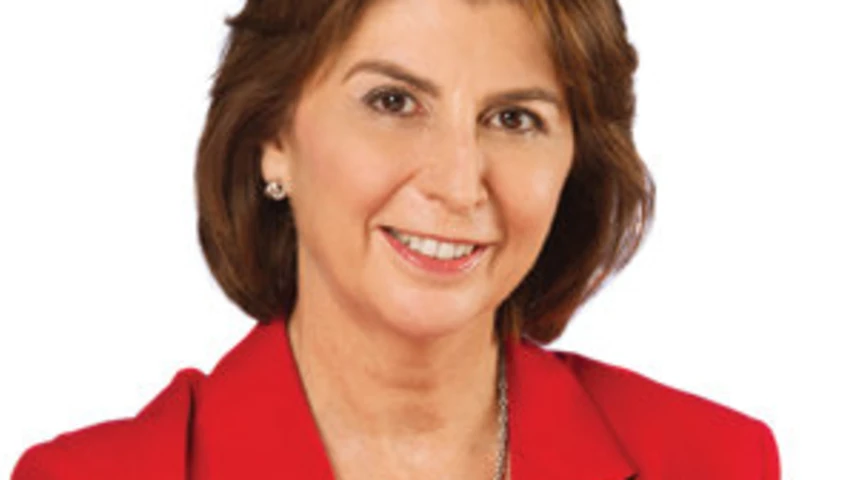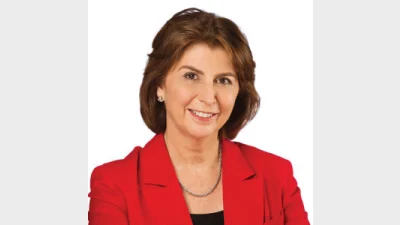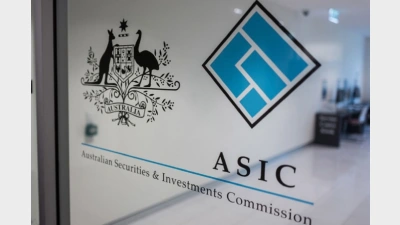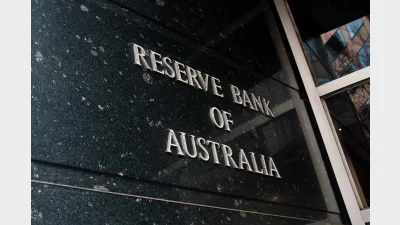Fee cap prompts double launch for Energy Super



Energy Super will launch an investment option that replicates its MySuper investment strategy as a way around the Federal Government's removal of fee caps on defaults.
Energy Super chief executive Robyn Petrou said the fund had been forced to launch a MySuper and a choice product with the same investment strategy in order to continue to offer the fee cap to members with higher account balances.
She said Energy Super would contact members with higher balances over the next 6-12 months to discuss the best options for individuals.
"There are some that should fall into the MySuper product and there are some that will need to have a think about whether they need to be in there or not - and those are the people that we will be focusing on," she said.
Last week at a Parliamentary Joint Committee meeting, the Association of Superannuation Funds of Australia (ASFA) lobbied against the fee cap, with chief executive Pauline Vamos saying it was "not a good policy".
She said members should be treated equally and equitably, which did not mean every member paid the same amount. Trustees needed the flexibility to ensure fees were equitable and if appropriate, implement a cap on fees, Vamos said.
"Otherwise, we are going to have the bizarre situation - and it was confirmed by one fund yesterday - that they will feel they have an obligation to contact all of their larger account balance members in their MySuper products and encourage them to move to a choice product," she said.
Recommended for you
Australia’s superannuation funds are becoming a defining force in shaping the nation’s capital markets, with the corporate watchdog warning that trustees now hold systemic importance on par with banks.
Payday super has passed Parliament, marking a major shift to combat unpaid entitlements and strengthen retirement outcomes for millions of workers.
The central bank has announced the official cash rate decision for its November monetary policy meeting.
Australia’s maturing superannuation system delivers higher balances, fewer duplicate accounts and growing female asset share, but gaps and adequacy challenges remain.










